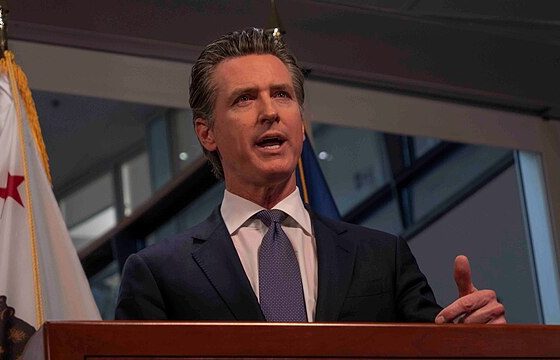The February jobs report had just enough to make everyone happy depending on their political leanings.
The Biden administration is, no doubt, pleased with the headline number of 275,000 jobs created (well above the 200,000 consensus forecast). However, critics are quick to point out that the December and January reports were revised downwards by 167,000 jobs. Private sector jobs made up the entirety of the downward revisions. While the headline number showed a big “new jobs created” figure, the unemployment rate went from 3.7% to 3.9%.
It was a jobs report that had something for everybody, and for those who prefer an objective and non-partisan interpretation of the labor data, it can be fairly described as both good and cautionary.
It is important to remember, however, that the unemployment rate only measures those who don’t have a job but want one; it does not measure how many people “don’t want a job.” In that sense, it can be said that it completely misses the single most important factor facing our labor market today. It is the labor participation rate that reflects the largest cultural concern of our day. This data point shows the percentage of the population that has a job or wants one. The employment rate, on the other hand (the inverse of the unemployment rate) measures only those who have a job from the percentage of people who want one and are actively looking for one.
The Bureau of Labor Statistics methodology for calculating an “unemployment report” is important in that it captures the state of “jobs” – whether it be a lack of jobs or an abundance of such. A high unemployment rate will always be a reflection of the state of the jobs market, and this is what many economists want to know when it comes to the demand for labor. However, the shortcoming of this metric is its inability to capture the supply of labor. If one believes work is a pivotal component of a meaningful and satisfying life, it is not merely the lack of a job opportunity that matters, but also the voluntary decision to forego such a pursuit. This component ought to receive the same (or more) media obsession than the BLS report receives if we care about work because we care about human flourishing.
If the unemployment rate is 3.9%, the employment rate is 96.1%. With a labor participation rate of 62.5%, there is quite a huge discrepancy there. Naturally, not everyone in the population can or should be in the workforce. The calculation already excludes anyone under the age of 16, so what the labor participation rate measures is the number of people that have a job or are looking for a job, divided by the population of people who are above age 16.
There will always be a certain amount who are in very senior years of their lives, who are unable to work for legitimate health reasons, or who are stay-at-home parents. However, the fact that the labor participation rate is down to 62.5% of the population that has a job or wants one, when two decades ago the number sat at 67.5%, is a devastating statistic that speaks to the economic and cultural burdens weighing on the well-being of society.
The population of those over age sixteen is 267 million at present. The 5-point drop in the labor participation rate (from 67.5% to 62.5%) means that we have over 13 million people who have left the labor force all together. Perhaps a whopping three million of them have developed medical complications or other factors that legitimately took them out of the work force (I don’t really believe such, but I am willing to round down for the sake of argument). Either way, we have ten million less people in the workforce than we statistically ought to have, bare minimum. Statistics are overwhelmingly clear that this reduction is predominantly found in prime working age men.
This is killing the heart and soul of our country — having ten million people out of the workforce who otherwise would be and should be. It has put downward pressure on productivity, intensified social alienation and anxiety, delayed household formation as people delay starting families due to a lack of economic foundation, and ultimately, exacerbated societal divide. This very issue serves as the focus of my new book, Full-Time: Work and the Meaning of Life. The economic, social, and personal consequences of an increasingly low view of work are entirely negative and outside of the ethos of the American spirit and Judeo-Christian ethic.
We talk about a mental-health crisis in our country but ignore the lack of purpose and activity that is worsening it. We talk about a family values crisis but ignore that employable people are more marriageable and marriageable people are more employable. We talk about economic stagnation but ignore that our productivity began stagnating right at the time the labor participation rate began declining. In short, the spiritual, emotional, economic, and financial issues our country faces can be clearly connected to a declining view of work, and we continue to ignore it.
Human beings were created with a God-given purpose to produce – to participate in the creative process. Teenagers benefit from learning job skills and people skills with part-time work. College students begin forming a network and basic adult habits with summer and college-stage internships. Men become ready to support families when they have the basic life skills to support themselves. Middle-aged and senior people maintain usefulness when they share their expertise and experience with the rest of us.
A labor participation rate back to historical levels will go a long way towards solving our national ailments. This ought to be the data point we focus on more than anything else in the monthly jobs report.
David Bahnsen on March 20, 2024












